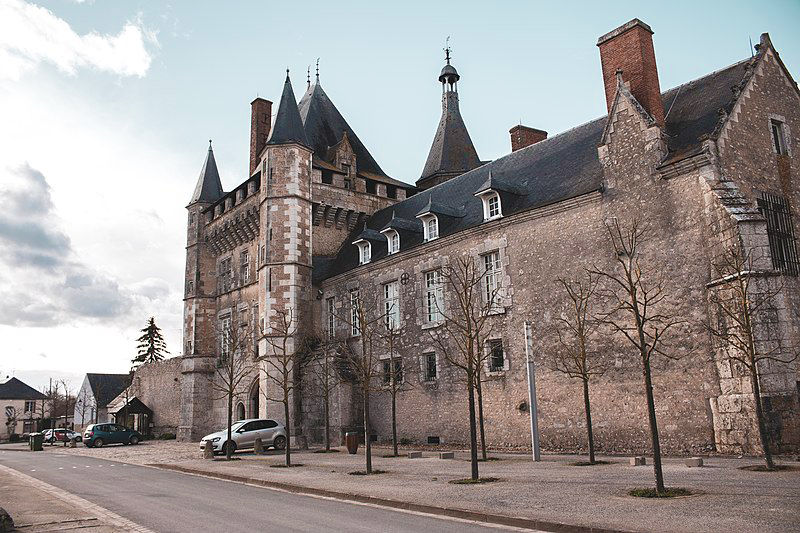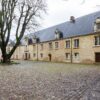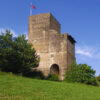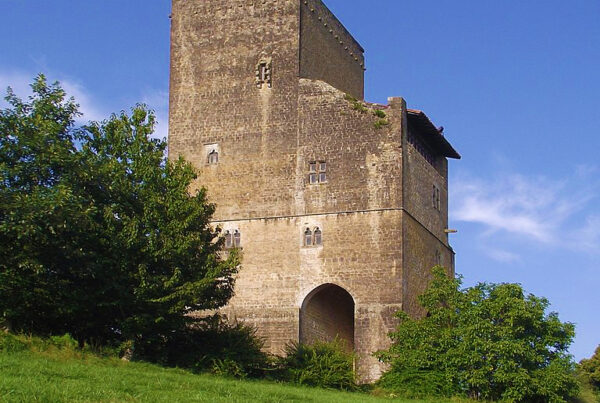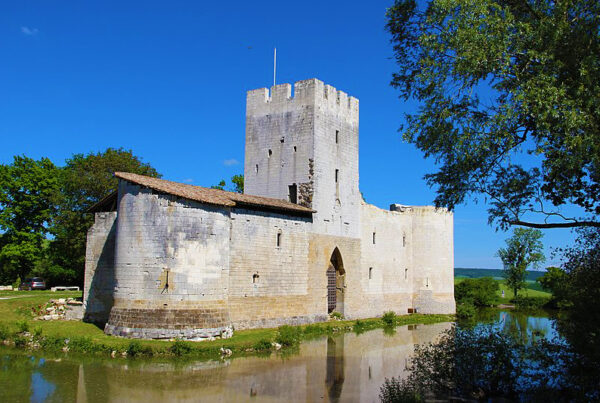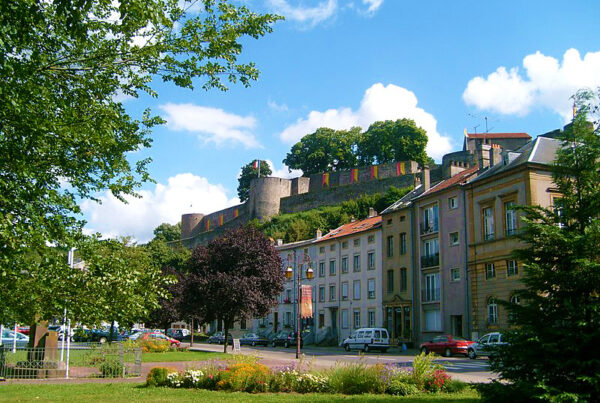Château de Talcy, also known as the Château de Talcy et son Jardin, is a beautiful Renaissance-era castle located in the Loir-et-Cher department of the Centre-Val de Loire region in France. Here’s a description of the Château de Talcy:
History: The Château de Talcy dates back to the 16th century and is renowned for its historical significance. It was originally built in the early 16th century, and its architecture reflects the transition from medieval fortifications to more elegant Renaissance châteaux.
Architecture: The castle exhibits a harmonious blend of late medieval and Renaissance architectural styles. It features elegant turrets, a moat, and a picturesque courtyard. The château is characterized by its striking red-brick façade, which contrasts beautifully with the surrounding greenery.
Notable Residents: One of the most famous residents of Château de Talcy was the poet Théodore Agrippa d’Aubigné, who lived here for several years during the late 16th century. His time at Talcy inspired some of his most important literary works.
Gardens: The château is also known for its lovely gardens, which have been meticulously restored to their Renaissance glory. Visitors can stroll through the manicured lawns, admire the colorful flowerbeds, and enjoy the peaceful atmosphere.
Literary Connection: Château de Talcy is famous for its association with French literature. It is linked to a romantic story involving Théodore Agrippa d’Aubigné and his love for Françoise de la Marck, which is recounted in his poetic work « Le Printemps. » The château and its gardens are said to have been the setting for their love story.
Visiting: Today, Château de Talcy is open to the public, allowing visitors to explore its historical rooms, gardens, and learn about its rich history. It provides a glimpse into the elegance and charm of the French Renaissance.
Château de Talcy stands as a testament to the architectural and cultural heritage of France and offers visitors a chance to step back in time and appreciate the beauty of the Renaissance era.
